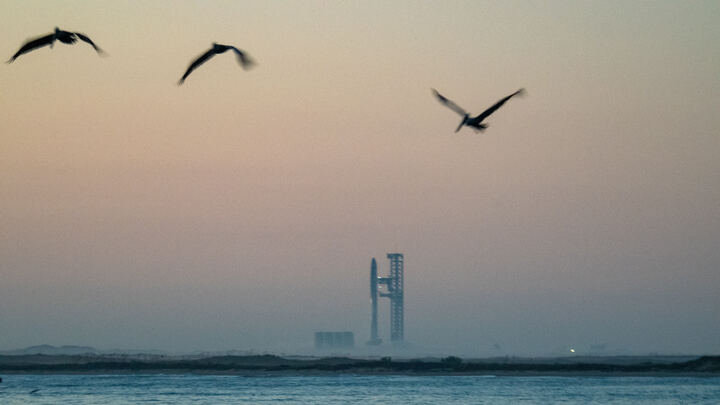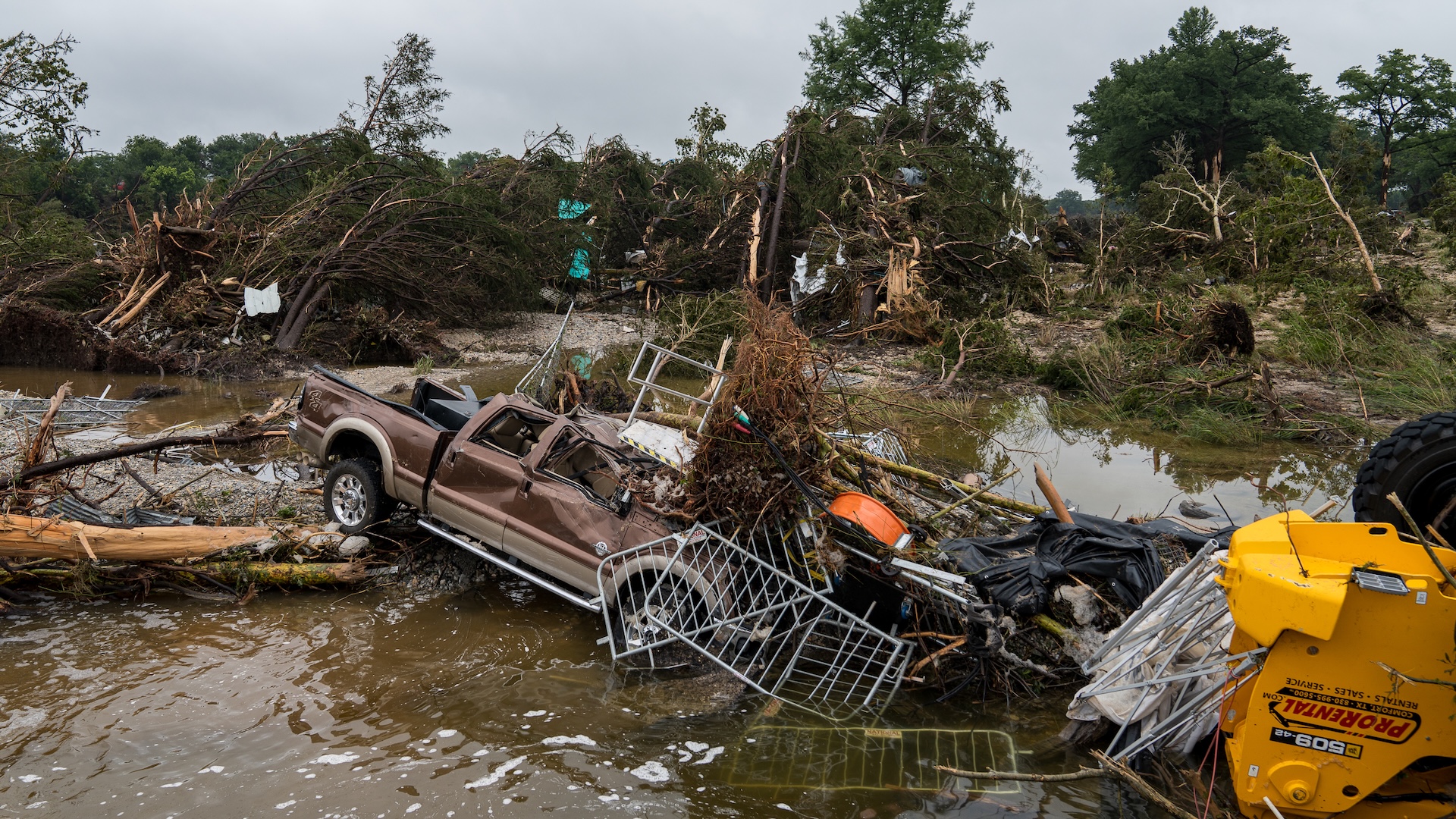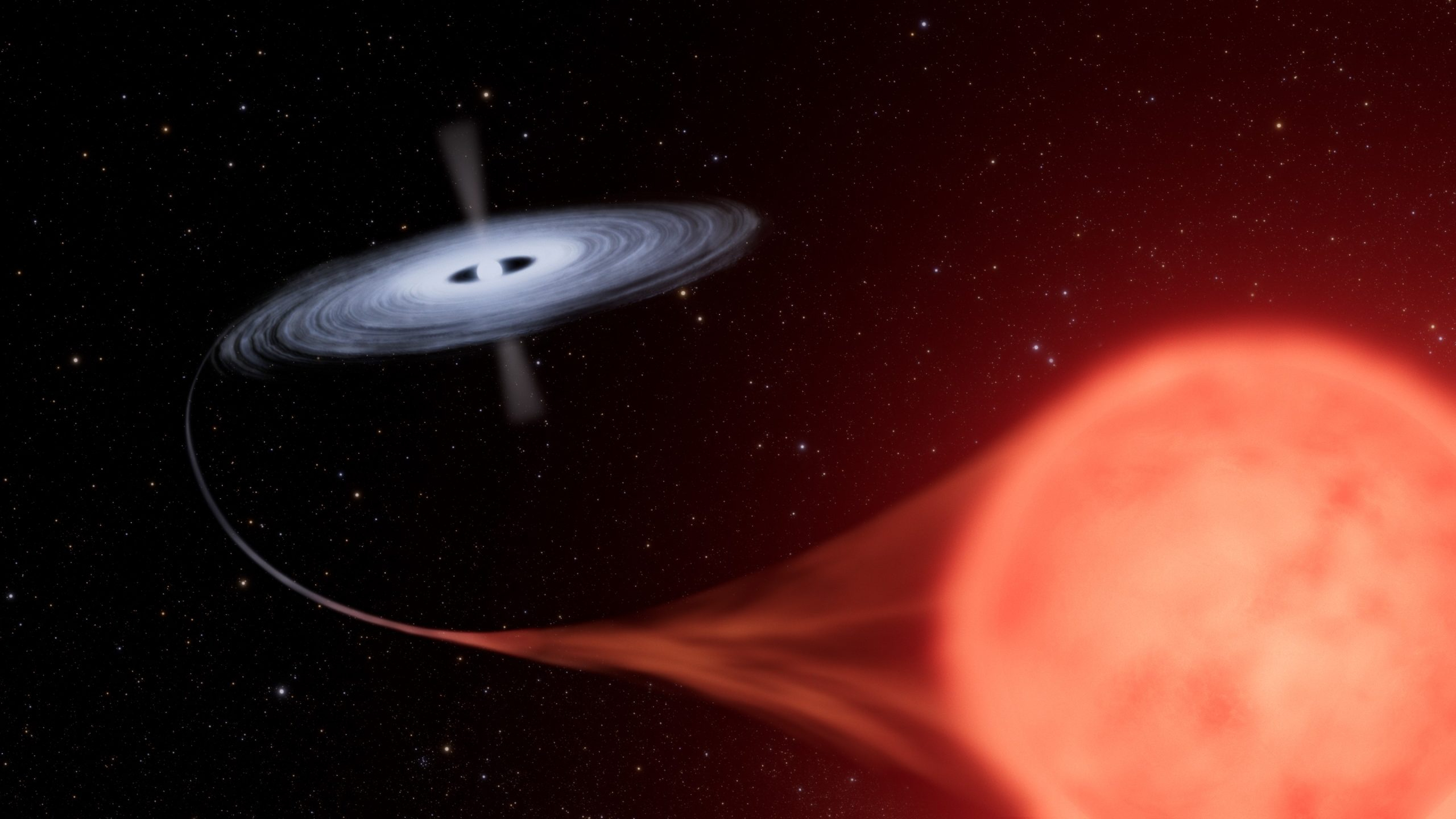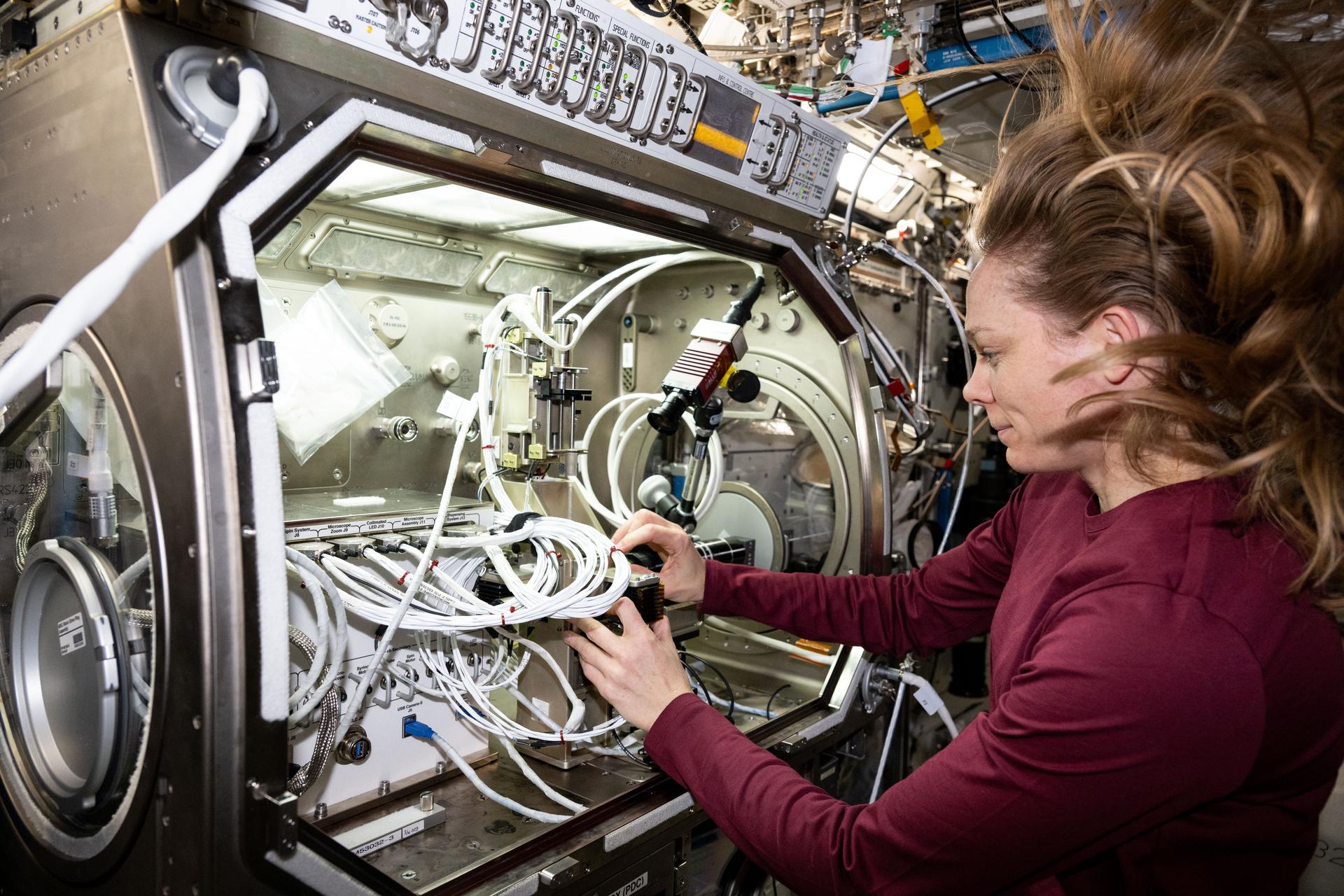US Air Force cancels plans to build Starship landing pads on island bird sanctuary


The U.S. military is suspending its efforts to secure a small Pacific island as the test landing site for a new program using rockets to rapidly deliver cargo anywhere on Earth.
The Department of the Air Force (DAF) Rocket Cargo Vanguard (RCV) program had eyed Johnston Atoll, part of a remote chain about 900 miles (1,500 kilometers) west-southwest of Hawaii’s main island, as the location to build two rocket landing pads. Now, DAF is suspending those plans as it considers alternative sites, according to a report from Stars and Stripes.
In March, the Air Force announced its intent to perform an environmental assessment of the atoll, following objections from the American Bird Conservancy (ABC). The remote island chain is surrounded by 570,000 square miles (1.5 million square kilometers) of ocean and has become a critical resting point for dozens of species of seafaring bird populations. In light of the protests, the Air Force initially delayed the completion of its environmental assessment, and it has now decided to look elsewhere to house the RCV program infrastructure.
The RCV plan called for the construction of “two commercial rocket landing pads” to support up to 10 touchdowns per year. The program aims to identify and mature commercial launch vehicles capable of rapidly delivering up to 100 tons of cargo anywhere on Earth. SpaceX, while not specifically named in the plan, is currently the only company currently developing such a rocket, and is assumed to be the program’s top candidate.
“The Department of the Air Force has elected to hold the preparation of the Johnston Atoll Environmental Assessment for a proposed rocket cargo landing demonstration on Johnston Atoll in abeyance while the service explores alternative options for implementation of the rocket cargo Vanguard program at a location other than Johnston Atoll,” said Air Force spokesperson Laurel Falls, according to Stars and Stripes.
The ABC requested that the Air Force prepare a full Environmental Impact Statement “to better assess the potential hazards posed by the project.” The military’s decision whether to restart the environmental assessment or cancel it outright has yet to be officially made, but will be announced in the Federal Register, according to Stars and Stripes.
An official reason for the decision was not stated, nor whether the move is related to the ABC’s objections.
Johnston Atoll was in use by the U.S. military as a nuclear weapons testing and chemical weapons disposal site until 2004. Simultaneously, the island chain was designated a refuge for native bird populations in 1926, but suffered environmental degradation until the military’s departure 20 years ago. Since then, restoration efforts have helped raise the atoll’s bird population back to nearly 1.5 million. The ABC and other groups have raised concerns that the addition of two giant rocket landing zones, along with the infrastructure needed to support them, could undo the past two decades of progress.
DAF considered three other sites as a part of the RCV program, Kwajalein Atoll, Midway Island and Wake Island, all of which already support ongoing U.S. military operations. But the Air Force chose Johnston Atoll, deeming it “the only location that meets all operational requirements over the duration of the four-year reentry and landing test program,” a DAF notice says.
Notably, Kwajalein Atoll is where SpaceX conducted the first tests of its Falcon rocket. Now, standing over six times taller than its infant Falcon 1, SpaceX’s newest rocket, Starship, currently holds the title for the world’s largest, most powerful launch vehicle. Its development, though, seems to have hit a snag over the past six months.
Starship’s three most recent launches, flying an upgraded version of vehicle’s upper stage, have all ended in the destruction of the upper stage.
Built to carry the kind of high-capacity payloads DAF is hoping to have delivered as a part of the RCV program, Starship is central to SpaceX’s commitments to NASA, the Department of Defense, and the company’s long-term vision to make human life interplanetary.
Source link






